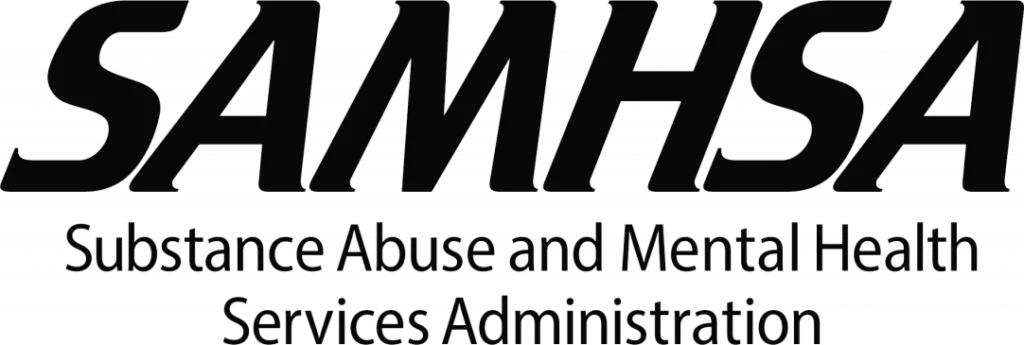Accelerated Resolution Therapy (ART)
Ready to Take the Next Step?
We are Ready to Help, Call Now!
Turning Point of Tampa has helped thousands find recovery. As an in-network facility, we are able and committed to helping you find the life you deserve.
Accelerated Resolution Therapy, or ART, was developed in 2008 from existing evidence-based therapies. ART therapy is a form of psychotherapy which has been shown to achieve benefits much more rapidly than traditional therapy, usually within 1-5 sessions.
Read on to learn how this innovative mental health intervention has gained the acceptance of mental health professionals, while helping clients achieve rapid recovery from distressing memories of past trauma, negative physical sensations, and other debilitating symptoms that other therapies have been unable to address.
Origins of Accelerated Resolution Therapy (ART)
Accelerated Resolution Therapy (ART) is a relatively new form of psychotherapy that has shown promise in the treatment of post traumatic stress disorder (PTSD). Accelerated resolution therapy has also been demonstrated to be effective for other mental health conditions, particularly others that are linked with trauma from the past.

Developed by Laney Rosenzweig, a licensed clinical social worker and psychotherapist, ART is a combination of several existing therapies, including cognitive processing therapy, eye movement desensitization and reprocessing (EMDR), and hypnotherapy.
ART Therapy Today
Today’s ART clinicians built on Rosenzweig’s findings to build treatment plans that address the specific needs of clients with post traumatic stress disorder and other mental health conditions. The basics of ART have been combined with other evidence based programs to treat substance abuse, depressive symptoms, and even panic attacks.

The Substance Abuse and Mental health Services Administration (SAMHSA) has recognized ART as an evidence based therapy based on its foundation in the behavioral sciences and clinical neuroscience, as well as its demonstrated efficacy.
How Does Accelerated Resolution Therapy Work?
Using relaxing eye movements and a technique called Voluntary Memory/Image Replacement, ART therapy changes the way in which negative images are stored in the brain. The theoretical description of accelerated resolution therapy draws on the findings of researchers in eye movement and desensitization reprocessing therapy (EMDR).
This therapy is grounded in well-established psychotherapy techniques, and the end result is that traumatic memories and difficult life experiences should no longer trigger strong emotions or physical reactions that may encumber recovery.
Memory Storage
The theoretical description of ART is based on the idea that traumatic memories are stored differently in the brain than non-traumatic memories, and that by accessing and reprocessing these memories, individuals can reduce their symptoms of PTSD.
The therapy involves the use of guided eye movements to help patients focus on their traumatic memories and then reframe them in a more positive light. ART sessions involve these eye movements in conjunction with talk therapy.
Re-Processing Memories
The use of eye movements is a key component of ART, as it is believed to help the brain process traumatic memories more quickly and efficiently. The theory behind this is that when a person experiences a traumatic event, the brain may not fully process the memory, leaving it stuck in the emotional and sensory areas of the brain.
Eye movements during sleep are thought to be central to the encoding of long term memories. By using eye movements, ART helps to activate the brain’s processing centers and move the memory to the rational part of the brain, where it can be processed more effectively.
Voluntary Memory Replacement
One of the unique features of ART is the use of voluntary memory replacement. This technique involves the use of positive imagery and visualization to replace negative memories with positive ones.
By consciously choosing to replace negative memories with positive ones, individuals can change the way they perceive and respond to their traumatic experiences. Each ART session can be an opportunity to reprogram past trauma and re-encode it in a more adaptive version.
Addressing Psychological Trauma
The use of memory replacement is just one example of how ART combines different therapeutic techniques to create a more comprehensive and effective treatment approach.
By incorporating elements of cognitive-behavioral therapy and hypnotherapy, an ART therapist helps patients to identify and challenge negative thought patterns, while also accessing their subconscious minds to reframe traumatic memories in a more positive light.
ART for Post Traumatic Stress Disorder
Accelerated Resolution Therapy has been found to be particularly effective in treating veterans with posttraumatic stress disorder, who often have a difficult time processing their traumatic experiences.
Studies have shown that treatment can significantly reduce symptoms of post traumatic stress disorder in just a few ART sessions, making it a promising treatment option for those who are suffering from this debilitating condition, which includes emotional and physical reactions to triggering stimuli.
ART Therapy in Military Medicine
Military mental health clinicians have found that the short treatment process (one to five sessions) for Accelerated Resolution Therapy is advantageous for service members seeking a rapid recovery from the traumatic experience of combat.
Many of the early patients treated with ART sessions are service members, and an early randomized controlled trial studied their reactions to accelerated resolution therapy to examine if this brief treatment was effective.
The research suggests that the treatment group in the randomized controlled trial benefitted more than the control group, meaning this groundbreaking psychodynamic therapy has potential to do massive good in the world.
Accelerated Resolution Therapy for Other PTSD Patients
While Accelerated Resolution Therapy (ART) has been particularly effective for veterans with post traumatic stress disorder (PTSD), it is also an effective treatment option for people who have experienced trauma in other contexts.
Trauma can take many forms, including physical or sexual assault, domestic violence, natural disasters, and childhood abuse or neglect. Regardless of the specific source of trauma, eye movement therapies and ART in particular have been shown to be an effective treatment option for those who are struggling with its aftereffects.
One of the reasons that ART therapy is an effective treatment method for people other than veterans is that it addresses the underlying emotional and cognitive processes that contribute to the development and maintenance of post traumatic stress disorder. Accelerated resolution therapy (ART) helps individuals to process their trauma in a more effective way, which can lead to a reduction in symptoms such as anxiety, nightmares, and flashbacks.
Flexibility and adaptivity
Another reason that Accelerated Resolution Therapy (ART) is effective for people other than veterans is that it is a flexible and adaptable treatment approach. While the specific treatment modalities used in any ART group may be tailored to the needs of individual patients, the underlying principles of the therapy remain consistent.
This means that ART can be used to treat a wide range of trauma-related conditions, regardless of the specific context in which the trauma occurred. Therapists must make ethical reflections on the specific patient and whether the theoretical description of the treatment fits, but ART appears to be effective for many different people.
Ultimately, the effectiveness of ART for people other than veterans comes down to its ability to help individuals process their traumatic experiences in a way that is safe, effective, and empowering. ART focuses on helping individuals to move past the negative effects of trauma and create a more positive outlook on life.
ART therapists in private practice have built on the findings of ART practitioners in the military to build treatment modalities that address the needs of other sufferers of post traumatic stress disorder. These clinicians find ways of modifying the eye movements and memory exercises of the basic ART session to suit the unique needs of their clients.
A family therapist may employ an ART therapy session to help a child recontextualize distressing memories and traumatic images of loss or violence. Other evidence based programs have used ART to help victims of natural disasters.
Accelerated Resolution Therapy (ART) For Other Mental Health Conditions
In addition to its effectiveness in treating PTSD, ART has also been used to treat a variety of other mental health conditions, including depression, anxiety, and addiction. Accelerated resolution therapy can address.
By addressing the underlying emotional and cognitive processes that contribute to these conditions, ART can help individuals to achieve lasting recovery and improve their overall quality of life. It has even shown promise for patients with chronic refractory neuropathic pain secondary to an injury.
Why Brief Treatment Is Sometimes Better
Another benefit of ART is that it is typically a brief therapy, with most patients seeing significant improvement within just a few sessions. This can be particularly appealing for individuals who are hesitant to engage in long-term therapy or who are looking for a more focused approach to their treatment.
Patients who engage in traditional cognitive processing therapy may take months or years to see results, but the same patients may see an improvement in symptoms related to their traumatic memory or mental health condition after just one ART session because of the powerful effects of eye movement exercises. This brief treatment model helps patients maintain their motivation to continue.
Finding The Right Practitioner
It’s important to note that while accelerated resolution therapy (ART) can be an effective treatment for posttraumatic stress disorder, it is not a one-size-fits-all approach. Every individual’s experience of trauma is unique, and what works for one person may not work for another. ART International is a multi-national registry that shares information on the use of accelerated resolution therapy and the associated eye movement exercises with practitioners across the globe.
An ART trained therapist will practice informed consent and take a personalized approach to treatment sessions and to be open to adjusting their methods based on their patient’s individual needs and preferences.
ART training emphasizes that informed consent and a voluntary entry into treatment are key for success. Turning Point of Tampa employs trained clinicians who understand that efficient therapy depends on enthusiasm from the client.
By combining different therapeutic techniques and addressing the underlying emotional and cognitive processes that contribute to these conditions, ART can help individuals to overcome the effects of trauma and achieve lasting recovery. For those who are struggling with the aftereffects of trauma, seeking out a trained ART clinician may be a helpful step in their journey towards healing and recovery.
While ART is still a relatively new form of therapy, it has already shown great promise in the treatment of PTSD and other mental health conditions. As more research is conducted and more clinicians are trained in the use of this technique, it is likely that ART will become an increasingly popular and effective treatment option for those who are struggling with the aftereffects of trauma.
Who can take advantage of ART?
Accelerated resolution therapy (ART) is designed to be user-friendly and appropriate for most individuals who are struggling with traumatic stress and other past challenges. While less well-known than other forms of therapy such as CBT, ART can still play an important role in the recovery process for individuals dealing with trauma.
ART therapy is a powerful and innovative form of psychotherapy that combines elements of cognitive-behavioral therapy, eye movement desensitization and reprocessing, and hypnotherapy to help individuals overcome the effects of trauma.
By accessing and reprocessing traumatic memories, and using techniques like memory replacement, ART helps individuals to move past their negative experiences and create a more positive outlook on life.
For those suffering from post traumatic stress disorder or other mental health conditions, ART is a promising and effective treatment option that can help them achieve lasting recovery and improve their overall quality of life.
How Do I Know if Accelerated Resolution Therapy is Right For Me?
While your therapist can help you determine if Accelerated resolution therapy (ART) is right for you, most individuals in recovery can benefit from ART. This therapeutic approach is particularly helpful for individuals who are managing post-traumatic stress or other mental health challenges from their past.
Although the process varies depending on the challenges of the client, in nearly every case, ART uses a combination of eye movements, imagery, and guidance from a trained therapist to help the brain better process stored traumatic memories.
This process is different for every client depending on their background and recovery goals but is always overseen by a mental health professional. No one without training should attempt an ART session, and you should not seek treatment from someone without training in this or any other treatment modalities.
If you would like to pursue ART, you should reach out to a mental health professional at Turning Point of Tampa, or an accredited facility in your area, to determine your next steps.

